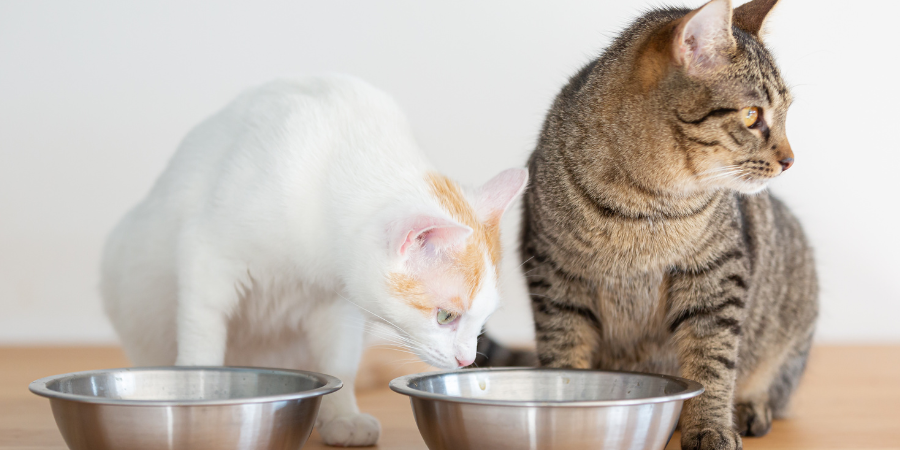Cat Bowl Buying Guide: The Latest Tips for 2025
Material comparison
- Stainless steel cat bowl : non-porous, antibacterial and durable, it is the first choice of most owners.
- Ceramic cat bowl : It looks elegant, but cracks in the glaze can easily harbor bacteria and require regular inspection.
- Glass cat bowl : can be sterilized at high temperature, the material is stable but easy to break.
- Plastic cat bowls : Lightweight and cheap, but easily scratched and have a high risk of harboring bacteria.
Wide-mouthed shallow bowl and slow food design
Choosing a wide-mouthed, shallow bowl can help prevent whisker fatigue. If your cat eats too fast, it is recommended to use a slow-feeding cat bowl or maze bowl to disperse food and reduce vomiting and indigestion.
Function extension: lifting cat bowl rack, automatic feeder
Elevated cat bowl stand : friendly to cats with joint discomfort or elderly cats, reducing the pressure of neck bending.
Automatic feeder : It provides fixed-time and fixed amounts of food and supports microchip recognition, making it a great helper for multi-cat households.
Cat bowl cleaning and disinfection
Wash with mild dishwashing liquid after each meal, at least once a day; clean immediately after eating wet food.
Disinfect the cat bowl once a week: soak it in diluted white vinegar, rinse it with hot water and dry it in the shade.
Check the surface of the bowl for scratches or cracks. If serious, it is recommended to replace the cat bowl to avoid bacteria.
List of material advantages and disadvantages
| Material | advantage | shortcoming |
|---|---|---|
| Stainless steel | Easy to clean, antibacterial, durable | Higher price and louder noise |
| ceramics | Beautiful and stable | Fragile, glaze cracks are easy to harbor bacteria |
| Glass | High temperature sterilizable and scratch resistant | Easy to break |
| plastic | Low price and lightweight | Easy to scratch the bacteria |

